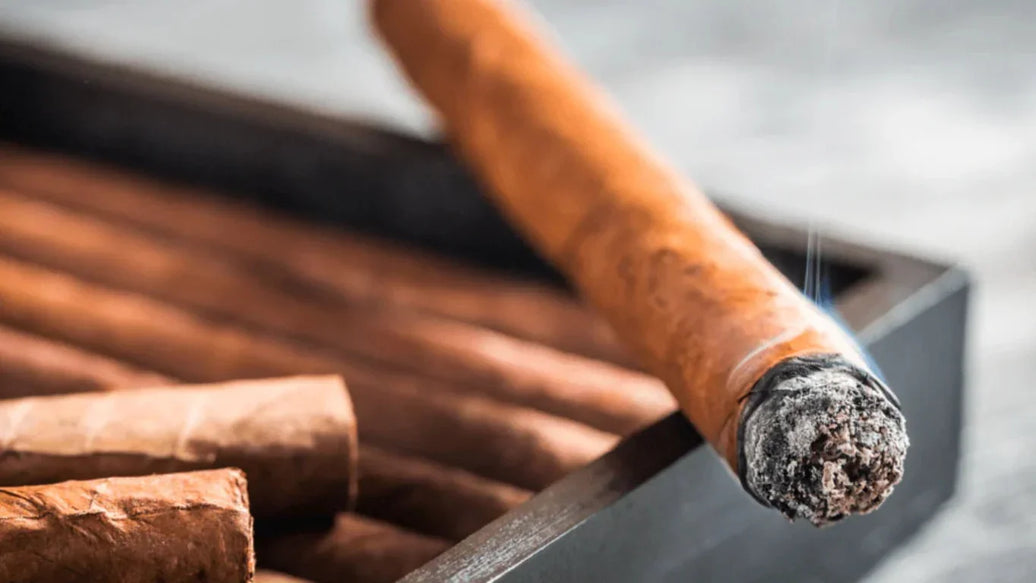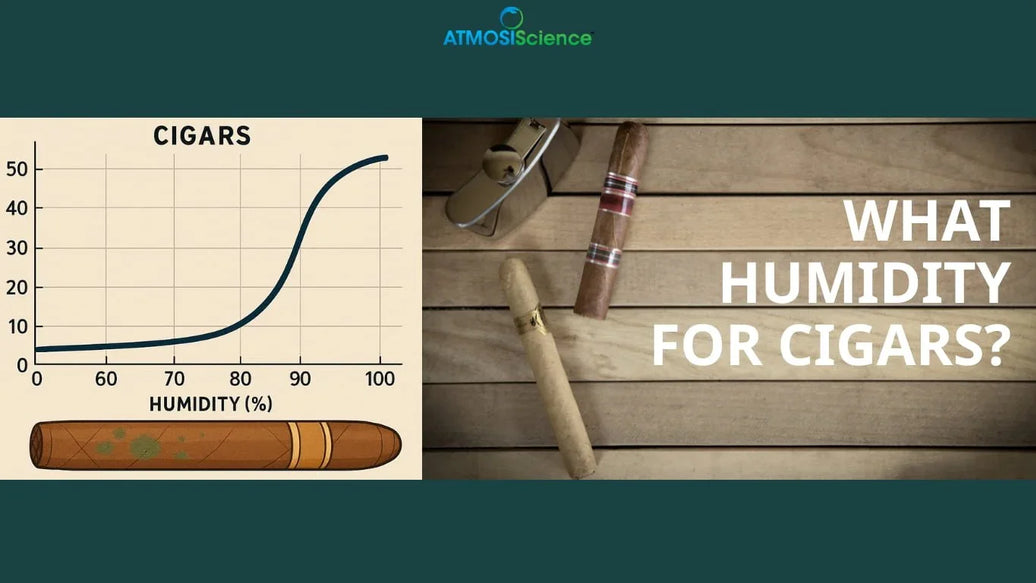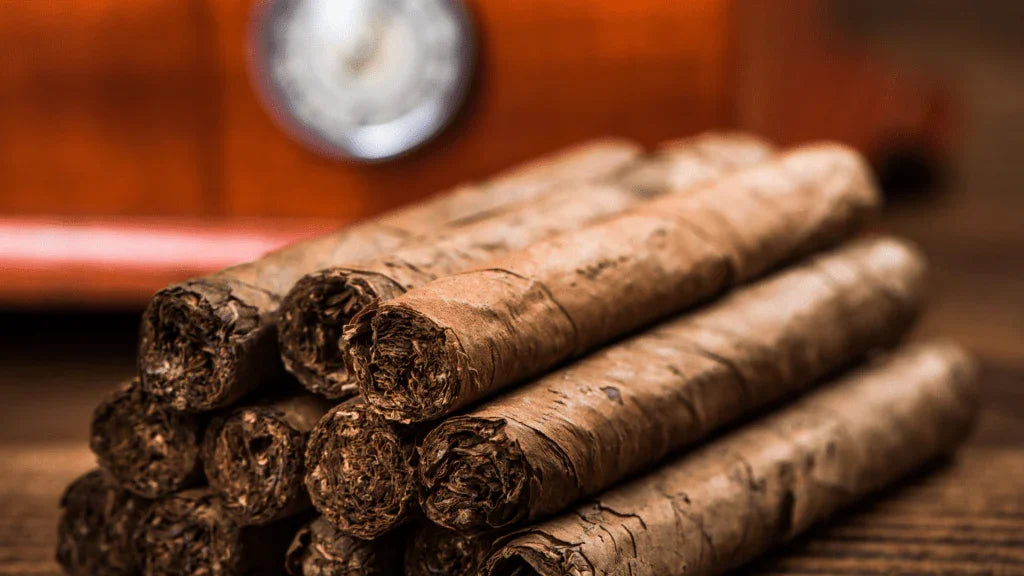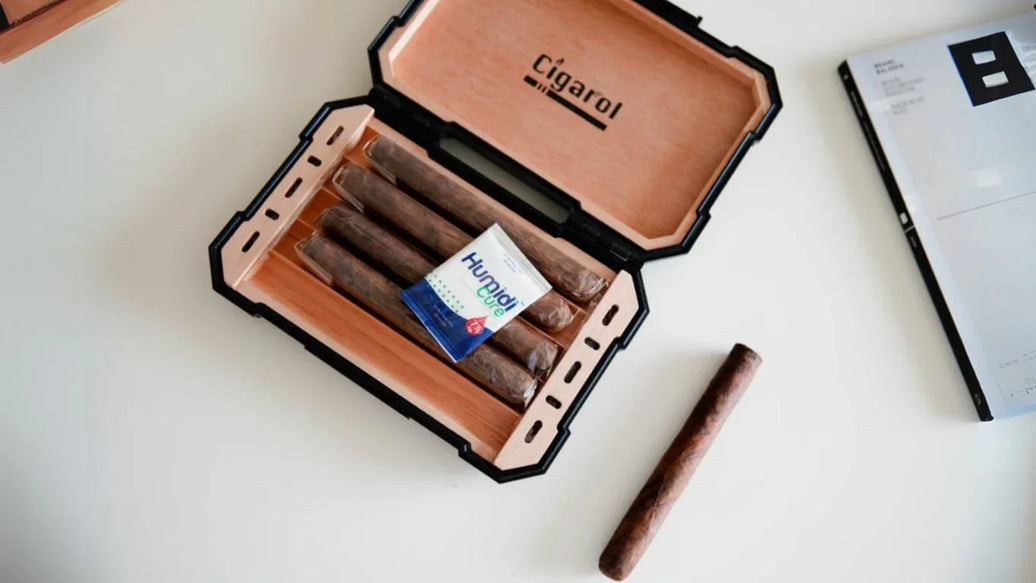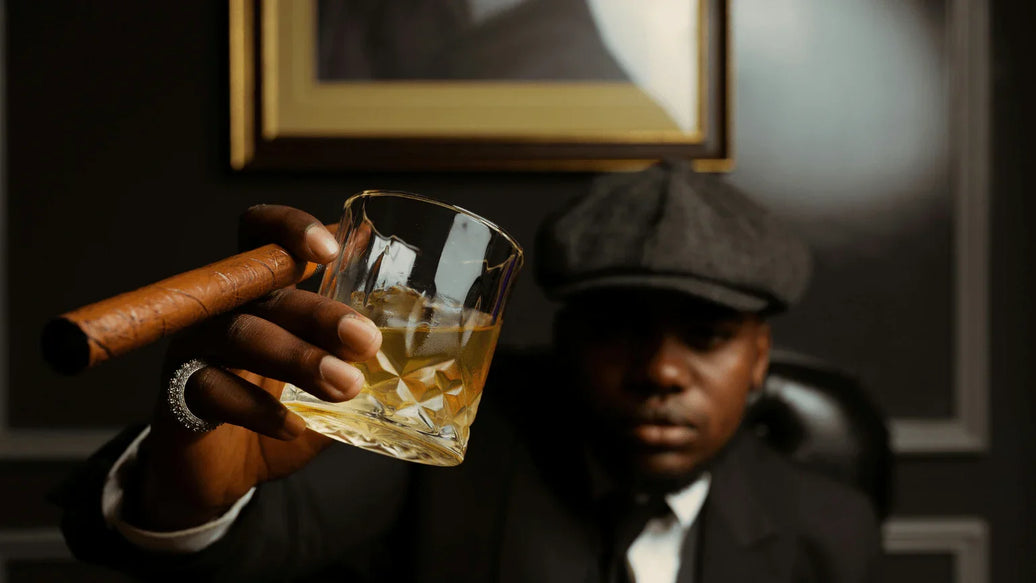Smokers from all around the world have enjoyed cigars for thousands of years. Given the robust history of cigar-making, which varies from region to region, there are countless varieties to choose from.

For a novice smoker, the number of options available can be overwhelming. Furthermore, navigating through all the different terminology can be like deciphering a foreign language.
Today I will go over all the various shapes, sizes, and colors of cigars so that you know exactly what to look for next time you’re in the market for some premium smokes.
Shapes & Sizes

The biggest and most obvious way to distinguish cigars is by their dimensions. Cigars are measured by their length and “ring gauge,” which is a designation of a cigar’s diameter that’s broken into 64ths of an inch; for example, a cigar with a 42-ring gauge would be 42/64 of an inch in diameter. These dimensions do not affect a cigar’s strength, but thinner ones tend to burn hotter, while fatter ones burn longer.
Parejos
The Parejo is a straight-sided cigar with an open foot for easy lighting. It must be cut before smoking and may be either round or box-pressed.
There are nine main types of cigars in the Parejo family:
- Corona: The standard for cigars. It measures 5 ½ to 6 inches with a ring gauge of 42 to 44.
- Petit Corona: A smaller version of the Corona. It measures 4 ½ inches with a ring gauge of 40 to 42.
- Churchill: A larger variety or Corona. It measures 7 inches with a ring gauge of 47.
- Robusto: One of the most popular sizes in America. Measures 4 ¾ to 5 ½ inches by 48 to 52 ring gauge.
- Corona Gorda: Also known as a “toro.” It measures 5 5/8 inches by 46 ring gauge.
- Double Corona: Twice the size of a regular Corona. Measures 7 ½ to 8 ½ inches by 49 to 52 ring gauge.
- Panetela: A long, thin, and elegant cigar with a pigtail cap. It measures 5 to 7 ½ inches with a ring gauge of 34 to 38.
- Lonsdale: Longer than a corona and thicker than a Panetela. It measures 6 ½ inches by 42 ring gauge.
- Grande: A behemoth of a cigar worthy of its name. Measures 4 ¾ inches by 60 to 80 ring gauge.
Figurado
A growing number of companies have begun experimenting with more creatively shaped cigars that deviate from the standard dimensions of the Corona. Figurados include any cigar shape that isn’t a traditional straight-sided cylinder.
- Pyramid: This cigar gets its name from its pointy tapered head. It measures 6 to 7 inches with a ring gauge of 40 that widens to 54 at the foot.
- Belicoso: A shorter pyramid with a more rounded head. Measures 5 to 5 ½ inches by 50 ring gauge.
- Torpedo: Torpedoes aren’t usually classified by their shape because of how similar their measurements are to the pyramid. The main distinction that sets this cigar apart is its point, which is sharper than a pyramid’s.
- Perfecto: A tapered foot and tapered head give this cigar a satisfying convex curve in the middle. Due to its unorthodox shape, measurements of the perfecto vary greatly from brand to brand.
- Culebra: One of the most eccentric cigar shapes, the Culebra is made by braiding three Panetelas and tying them together with a string. They usually measure 5 to 6 inches by a ring gauge of 38.
- Diadema: Like a Figurado, but longer and tapered at the head and foot. It measures 8 inches or longer.
Colors
The other main distinction between cigar types is the color of the wrapper. Cigar wrappers are made from dried tobacco leaves left out in the sun. During this drying process, varying levels of sunlight exposure result in the wrappers taking on a wide array of colors. These hues range from light greens to dark browns, with seven color distinctions commonly used.
- Double Claro: Also known as a candela, his wrapper is made through an expedited drying process that leaves the tobacco leaf’s original pale green color mostly intact.
- Claro: This light tan color is achieved by growing the tobacco plant under the diffused light of a cheesecloth tent. Claros have a neutral flavor that allows the filler tobacco to shine.
- Colorado Claro: Tobacco leaves take on this light reddish-brown color when grown in direct sunlight.
- Colorado: This mid-tone brown stands at the center of the wrapper color scale. Grown in the shade, these wrappers have a full flavor and subtle aroma.
- Colorado Maduro: An analogous wrapper color that’s darker than a colorado and lighter than a Maduro.
- Maduro: This hue can vary from a deep reddish brown to almost black. Its long cure time has earned this wrapper color the name “Maduro,” which means mature in Spanish.
- Oscuro: The darkest shade of wrapper color is achieved by allowing the tobacco leaves to stay on the plant for the maximum amount of time. Black as night, these wrappers are rough and fermented longer than any other.
How To Keep Your Favorite Cigars Fresh
With so many variations, you’ll want to protect them correctly. Cigars need precise humidity to stay fresh, have nice burns, preserve flavors, and prevent contaminations like mold. By controlling the humidity levels for your stogies, you’ll get the most enjoyment and avoid potential harm to your health.

There are multiple solutions out there to keep them fresh:
Conclusion
That covers everything you need to know about cigars’ various shapes, colors, and sizes. Next time you visit your local smoke shop, you can impress everyone around you with your extensive cigar expertise. Cheers!

